REWRITE THE LEGEND: WHY ‘HYRULE WARRIORS: AGE OF CALAMITY’ CONTAINS THE ZELDA SAGA’S MOST COMPELLING NARRATIVE
Popular Now
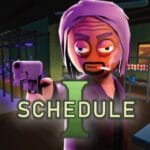 Schedule I
Schedule I
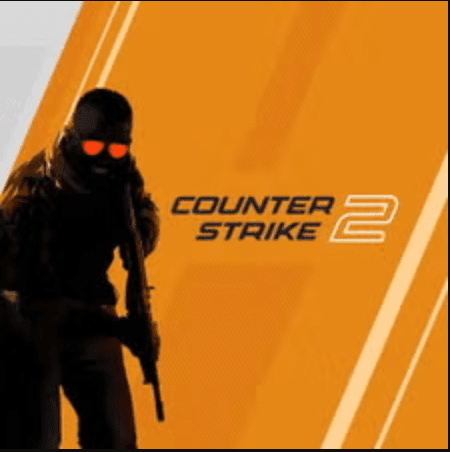 Counter-Strike 2
Counter-Strike 2
 Fortnite
Fortnite
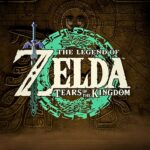 The Legend of Zelda
The Legend of Zelda
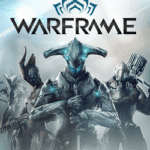 Warframe
Warframe
 BeamNG.drive
BeamNG.drive
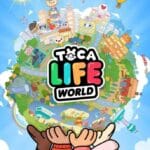 Toca Boca World
Toca Boca World
 Free Fire Max
Free Fire Max
 Sonic the Hedgehog™ Classic
Sonic the Hedgehog™ Classic
 Candy Crush Saga
Candy Crush Saga 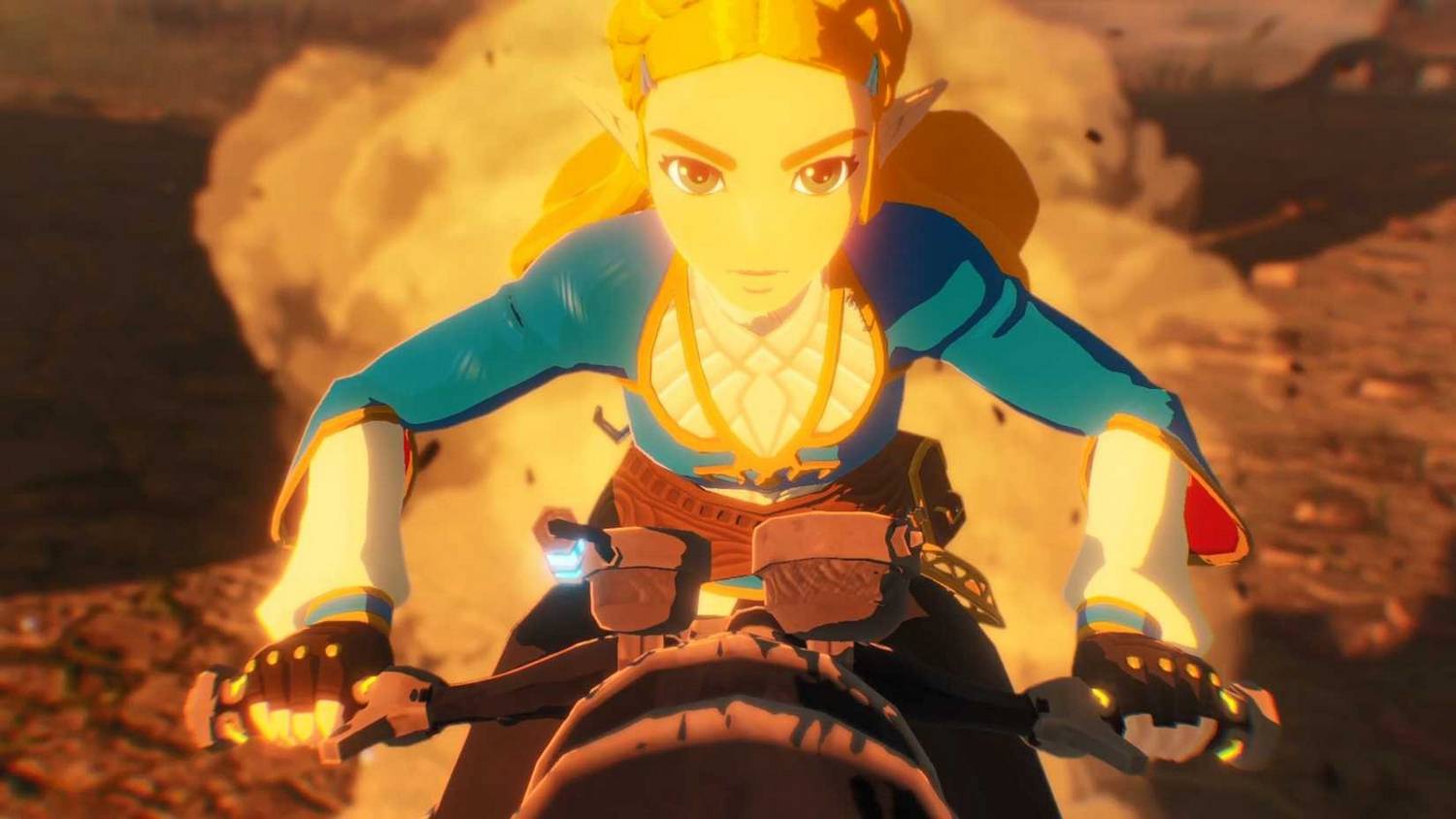
The Legend of Zelda series has a rich, celebrated history of storytelling, from the epic time-hopping adventure of Ocarina of Time to the poignant, personal quest of Majora’s Mask. Yet, nestled within a Musou-style spin-off, Hyrule Warriors: Age of Calamity (AoC), lies a narrative that many argue surpasses even Breath of the Wild‘s (BotW) fragmented, memory-driven plot. This title, initially framed as a direct prequel, utilizes a brilliant time-travel narrative device to deliver the most emotionally resonant, action-packed, and character-driven story in modern Zelda history, making it a must-play for fans hungry for deep Hyrule lore.
The core success of AoC’s story is its shift from a tragic history lesson to a powerful, emotionally charged alternate timeline. By introducing the small, time-traveling Guardian, Terrako, the game pivots from simply recounting the Great Calamity that led to BotW’s desolate world, and instead becomes an epic, high-stakes battle to change the future. This creative choice liberates the writers to explore deeper character dynamics and provide the cinematic narrative fulfillment that BotW’s flashbacks could only hint at.
 Deconstructing the Champions: Character Depth and Interpersonal Dynamics
Deconstructing the Champions: Character Depth and Interpersonal Dynamics
One of the most frequent criticisms of Breath of the Wild was that its most interesting characters—the four Champions and King Rhoam—were already dead, only appearing in brief, melancholic memories. Age of Calamity rectifies this entirely, giving these beloved figures the centerpiece role they deserve.
Stronger Character Arcs and Relationships:
- Zelda’s Full Arc: In AoC, we witness Princess Zelda’s struggle to awaken her sealing power in a continuous, compelling arc. Her passion for Sheikah technology—a trait often dismissed by her father—is given genuine narrative weight, tying back to her late mother and creating a meaningful source of conflict with King Rhoam. Her ultimate triumph is a powerful, earned moment of self-acceptance and heroism, arguably making her the most fully realized version of the character in the franchise.
- The Champions as a Family: The game provides ample screen time for the Champions—Mipha, Daruk, Urbosa, and Revali—to interact not only with Link and Zelda but with each other. This expansion fully explores the camaraderie and mutual respect implied in BotW. Urbosa’s motherly bond with Zelda is extensively featured; Revali’s arrogance is explored as a defense mechanism stemming from a competitive encounter with Link; and Daruk’s protective, jovial nature shines through as he interacts with his tribe and allies. Their deep personal connections make the threat of the Calamity—and the eventual battle to save them—all the more impactful.
- King Rhoam’s Redemption: The distant, stern King Rhoam of the BotW memories becomes a more complex figure in AoC. We see his burden of responsibility and his conflicted relationship with his daughter’s non-magical interests. His survival in this new timeline, and his eventual reconciliation with Zelda, is a profoundly moving narrative beat that redefines his legacy.
 Raising the Stakes: A Cinematic War Story
Raising the Stakes: A Cinematic War Story
Unlike Breath of the Wild, which focuses on solitary exploration and puzzle-solving, Age of Calamity immerses the player in the full-scale war that devastated Hyrule. The Musou genre’s inherent ability to portray massive battles is used to spectacular narrative effect, turning the historical event into a thrilling, high-energy military campaign.
- The Sheer Scale of Conflict: Missions involve controlling armies, defending massive fortifications like the Akkala Citadel, and piloting the gargantuan Divine Beasts in first-person combat against colossal forces. This dynamic successfully communicates the overwhelming nature of the Calamity Ganon threat, something BotW’s sparse open world struggled to convey.
- Villain Development and Intrigue: The villains, particularly Master Kohga and the new dark prophet Astor, are given significant screen time. Kohga’s development from a comedic boss to a more capable, albeit still humorous, leader provides genuine depth to the Yiga Clan. Crucially, the plot introduces new layers of intrigue, including a dramatic turn where the Yiga Clan briefly allies with the Royal Family to seek revenge against Astor, offering complex political maneuvering rarely seen in a Zelda game.
The Time-Travel Payoff: A ‘What If’ That Becomes Essential Lore
The greatest storytelling achievement of Hyrule Warriors: Age of Calamity is its subversion of expectations. By altering the canonical past, the game doesn’t just fill in gaps; it actively creates a more optimistic, heroic outcome. The appearance of the Champions’ successors from the BotW timeline—such as Sidon and Riju—to aid their ancestors is a moment of pure fan service elevated to a powerful narrative beat, emphasizing hope and generational cooperation against an ancient evil. This timeline split is not a throwaway element; it is the entire foundation upon which the superior character development is built.
By transforming a tragedy into a victory, Age of Calamity crafts a story of redemption, family, and the power of changing destiny. It is a story that delivers not just on the lore of BotW, but on the emotional promise of its premise, securing its place as a crucial and, arguably, superior narrative pillar within the vast Legend of Zelda continuity.



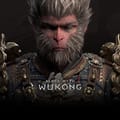

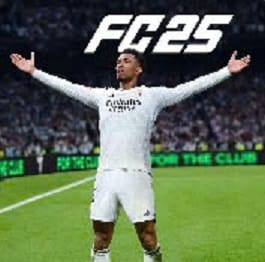
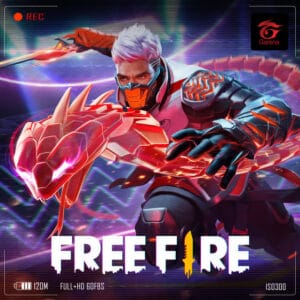
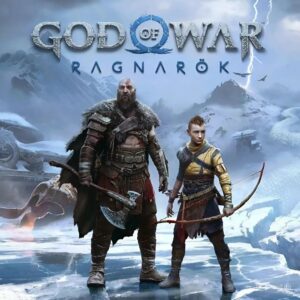
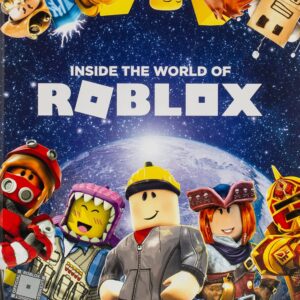

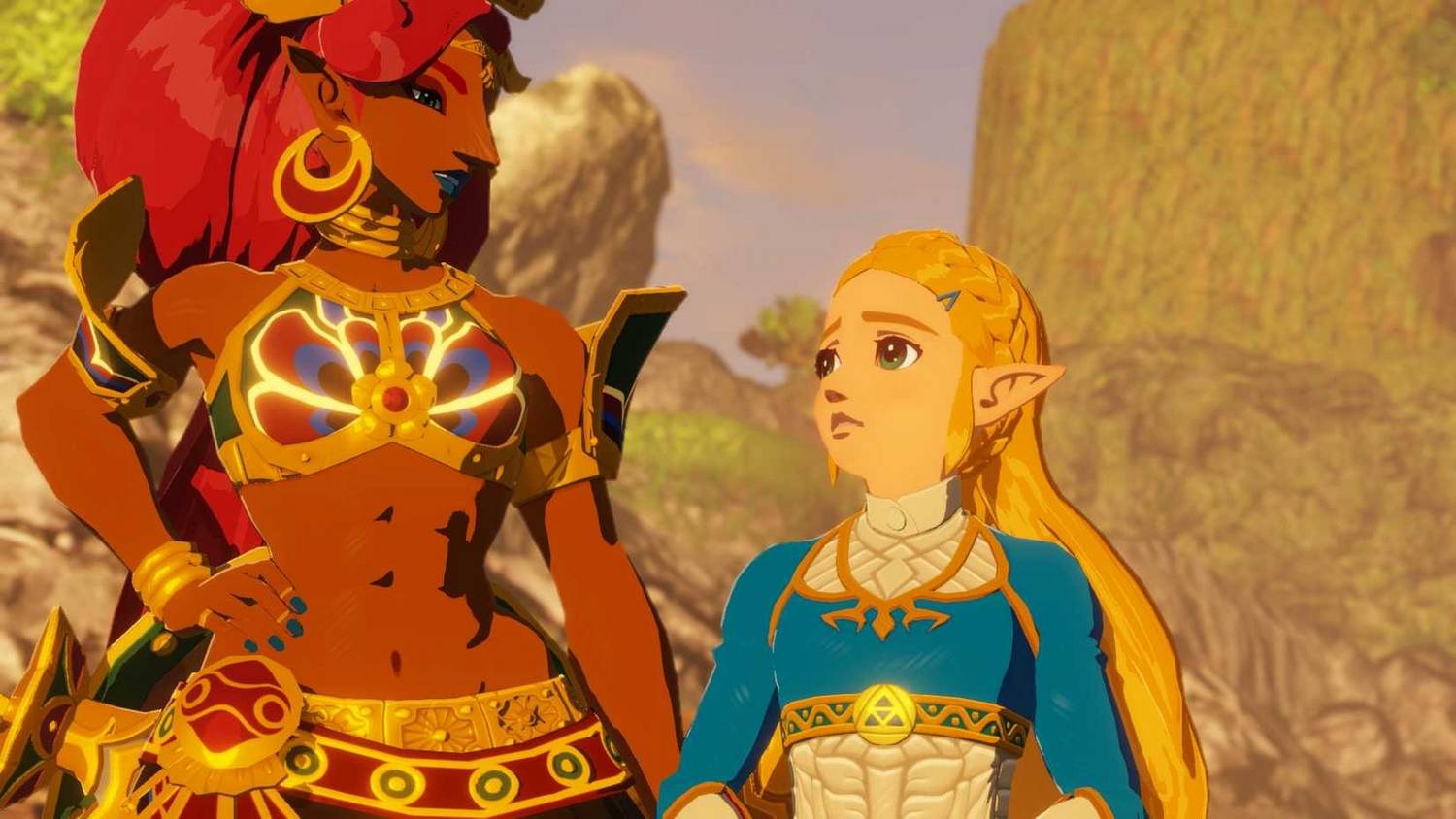 Deconstructing the Champions: Character Depth and Interpersonal Dynamics
Deconstructing the Champions: Character Depth and Interpersonal Dynamics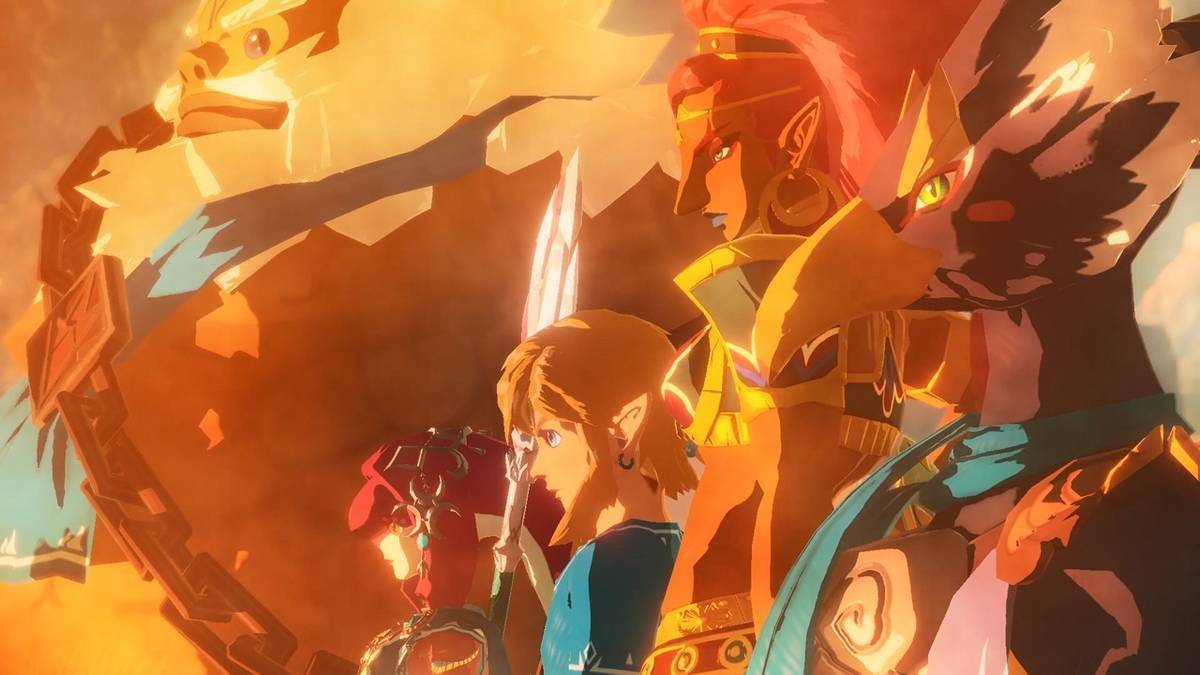 Raising the Stakes: A Cinematic War Story
Raising the Stakes: A Cinematic War Story